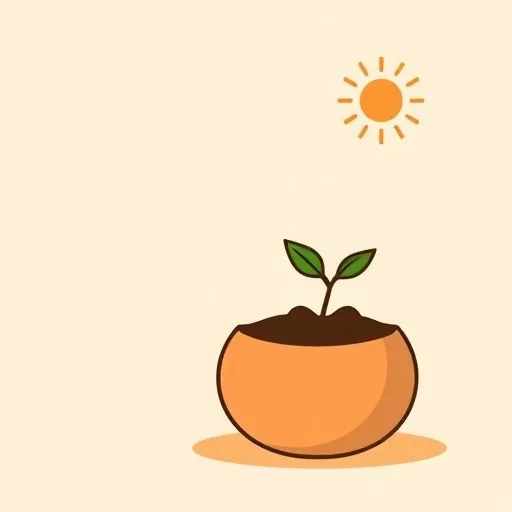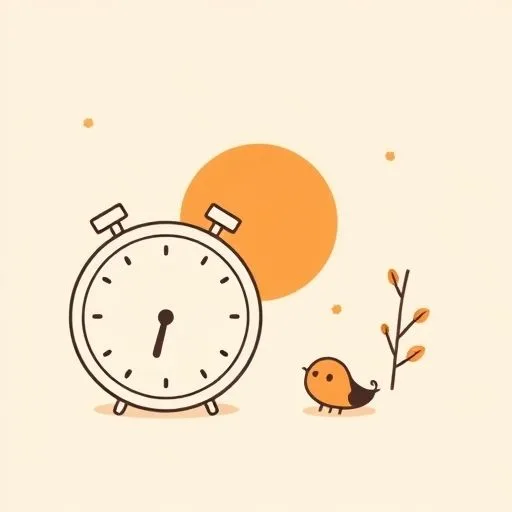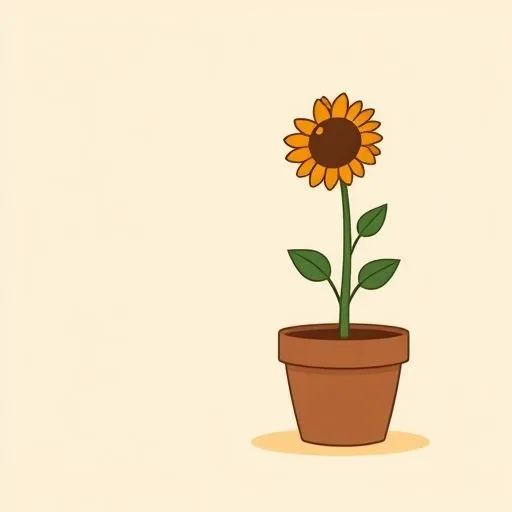
Three nights ago, I found him sitting on the kitchen floor—staring at the pot of soil we’d planted seeds in, three days ago. ‘Nothing’s happening,’ his shoulders slumped like a question mark. I felt the weight parents carry in these moments when we want to fix everything, to make it grow. But there’s the miracle—the wait. That small, humble space between hoping and the first green sprout. We’re seeing how our kids need to practice waiting in a world where answers come before the question’s finished.
The Instant Gratification Trap

We’ve all seen it—the moment their hand hovers, finger hovering. The impatience warms, doesn’t it? It tugs at the heartstrings. We were at the park last week when a little girl asked, ‘Why do they take so long, the flowers? Can’t we fast-forward to red?’ I still remember that glance.
It was the same look my daughter gives when we wait for the cookies to bake—the same tension in her jaw. We’re realizing the digital world is training our kids to expect the answer before they even feel the question. This isn’t about screens. This is about the muscle memory of waiting—how it’s quietly atrophying when we don’t exercise it.
But here’s the secret we’ve been showing each other—patience skills are built brick by brick, in quiet moments. Not in the big, but in the small. The way we say, ‘Let’s try to watch three minutes’ to the first ants crawling up logs. We’re discovering how cultivating patience is like planting a garden—it’s not about seeing the result today. It’s about nurturing what grows in the dark, under the soil of waiting.
Nurturing the Wait

We’ve started what we call ‘slow practice’—the little things, just like that pot of soil. We’re not waiting for some grand gesture. We’re collecting the moments. The way we set the timer for the pasta to be ready—and leave it. The way we whisper, ‘Let’s just watch the sunset for five minutes before we start dinner.’
That’s the secret sauce—building patience through small, daily practice. It’s standing in the checkout line, watching the way mom’s hands stay steady, even when she wants to be in a hurry. It’s the way we let the kids feel the frustration of waiting—and then, their surprise, when they find the waiting is where the magic happens.
Last week, we made a rule—no screens after dinner. Just ten minutes, sitting on the porch, listening to the crickets. The first night, our son rocked. ‘I’m bored. I’m bored.’ I felt that familiar pull—the buzzer, the phone in my pocket. But we didn’t move.
On the third night, we found a new practice—the quiet. We saw the way his eyes, flitting, started to settle as he watched the fireflies blinking. The wonder of the wait—that’s what we’re nurturing. That’s where patience is grown.
When They Become the Teacher

Here’s what we’ve learned—the most powerful teaching isn’t our words. It’s the way we model patience. I’ve been noticing how my wife’s hands slow when they wipe the counter. How she waits, even when the kids interrupt, asking—again. She’s the master of patience.
I’m learning from her, how to pause, and let the kids figure it out. The way she says, ‘Let’s calm down,’ not ‘I’ll fix it.’ The way she holds the space for them to struggle through tying their shoelaces, rather than doing it for them. That’s the power.
We’re learning to be role models—to show them patience isn’t something we’re born with. It’s the practice of breathing, slowing, and being okay with the wait.
We’ve been experimenting with our own ‘patience challenges.’ I’m the one who’s terrible at waiting. I’m the one who wants to jump ahead. So we’ve started a little family game—each week, we pick a new patience skill.
Last week: waiting for three minutes before eating the dessert. The kids taught us—they showed us how to slow down the chewing, and taste the sweetness. It’s incredible how they became the teachers—how they showed us, in their own funny way, how patience is an art form.
When the Waiting Blooms

That’s what building patience is—the moment they realize that some things are worth waiting for.
Yesterday, we went back to that plant—the same one that had him staring at empty soil. Two weeks ago, we planted sunflower seeds. Every day we’ve checked—nothing. But yesterday, we found it—a tiny sprout, pushing through the dirt.
‘That took so long,’ he said, his voice hushed, ‘but it’s here.’ That’s what building patience is—the moment they realize that some things are worth waiting for. That’s when we can whisper, ‘See—this is what you grew. You let the waiting happen, and look what happened.’
We’re not perfect. We move too fast sometimes. But we’re also learning—we’re planting the seeds of patience inside our kids. It’s small, but I see it. The way my daughter, now, sits on the steps, waiting for her brother to finish his snack. She used to push. Now, she hums.
These small moments—they’re stronger than we think. The flower is waiting inside the seed, and the patience is waiting inside us all—if we just give it time to grow.
As one source beautifully puts it, Why Gen Alpha Might Be the Last Generation to Discover Film Photography—it’s a reminder that some things are worth the wait, and that’s the legacy we’re building together.
